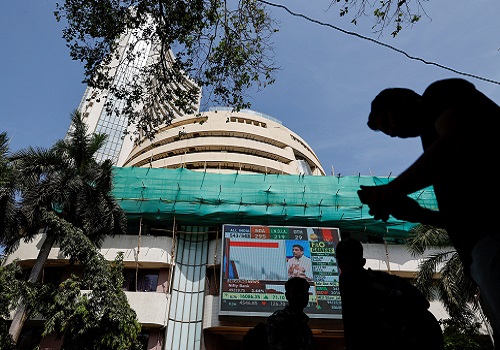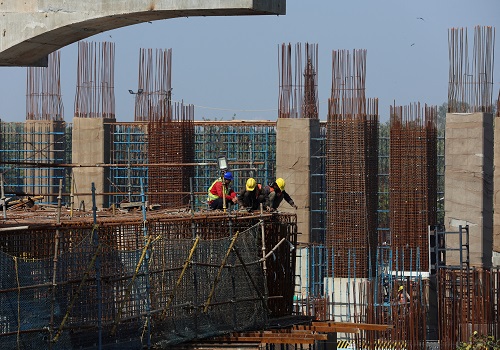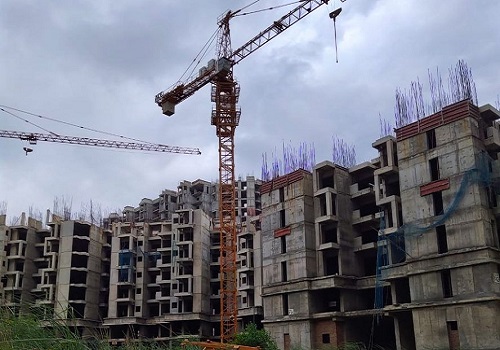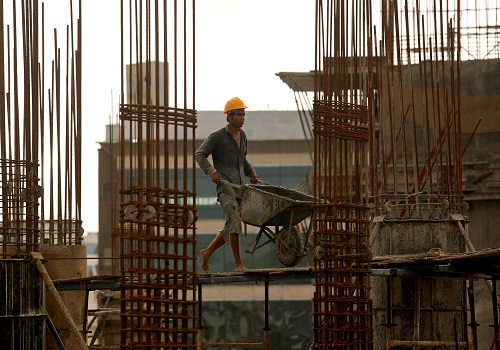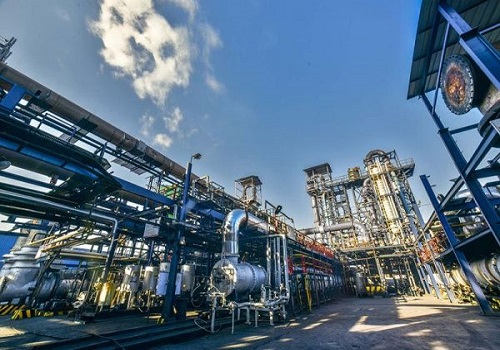Warehousing demand surpasses previous peak in FY 2023: Knight Frank India

Mumbai: Knight Frank India's flagship report titled 'India Warehousing Market Report – 2023' has assessed warehousing leasing across 8 primary markets and 17 other secondary markets in India. In the financial year 2022-23 (April 2022 – March 2023), the top 8 markets experienced a historic high in demand, reaching 51.3 million square feet (msf). The compound annual growth rate (CAGR) from FY17-23 has been 24%. Notably, Mumbai, Bengaluru, and Kolkata witnessed a historically high volume of transactions in FY23. The surge in activities from the Third-party logistics (3PL), manufacturing, and retail sectors has contributed to the increased demand for warehousing. Compared to the previous year, with the 3-PL sector leading the pack with a 34% year-on-year (YoY) growth. The manufacturing sector also experienced a significant rise in demand, with a 23% YoY growth. However, the e-commerce sector recorded a decline in demand in FY23, primarily due to early capacity building in recent years and a gradual shift towards flexibility.
India has benefited from the sustained move towards decentralisation of manufacturing capacity from China, the most recent move being made by Apple, which now makes 7% of its iPhones in India compared to just 1% in 2021. Also, the government’s focus on ‘Make in India’ and the Production Linked Incentive (PLI) scheme have started paying dividends and continue to boost the prospects of manufacturing industries in the country. On the other hand, Warehousing rents across 7 of the 8 primary markets grew in the range of 3-8% YoY in FY23
Warehousing transactions across top 8 cities
Warehousing market demand has sustained record highs of the previous year in FY 2023 compared to the office and residential markets which are yet to approach similar highs since the pandemic. While Mumbai and NCR led the market in terms of overall transaction volumes during FY23, Bengaluru and Kolkata witnessed the highest percentage growth in annual transacted volumes at 25% and 18% YoY respectively.
Sector-wise transactions and share
The manufacturing sector, including automobile and engineering industries, has witnessed significant growth in its market share of total transactions since the pandemic subsided, rising from 23% in FY 2021 to 30% in FY 2023. Among all occupier groups, the 3PL sector held the highest market share at 39% in FY 2023, which is the highest share recorded by any sector since FY 2017. In FY 2023, 25% of the total space occupied by the 3PL sector was located in Mumbai, followed by the NCR (National Capital Region) at 23%.
However, the volume transacted by the e-commerce sector experienced a 71% year-on-year (YoY) decline in FY 2023 due to the excess capacity built during the pandemic to meet the surge in consumption. This decline in demand is expected to be temporary, as the sector's activity is likely to revive once the excess capacities are exhausted in the upcoming year.
With mobility normalcy restored post pandemic, consumer demand has rebounded in the hard format stores, and this had a direct bearing on the warehousing space take-up of the retail sector. The sector’s share spiked from 4% in FY 2021 to 11% in FY 2022 as retailers had to quickly add warehousing capacities to cater to the swift rise in demand. This increase in demand has sustained in FY 2023 with retail sector occupiers taking up 13% of the total space transacted, attaining a new high for the sector.
An estimated 13% of the volume transacted during FY 2023 was for industrial use i.e. for end-use involving some form of manufacturing activity from sectors like automobile, FMCG and FMCD. Among the top eight markets in India - Pune, Chennai and Ahmedabad are cities with a significant industrial base. The market for industrial-use properties is expected to gain traction gradually as the government’s focus on increasing India’s manufacturing heft starts to pay dividends.
Shishir Baijal, Chairman and Managing Director, Knight Frank India said,The warehousing market has experienced consistent growth, with transaction volumes exceeding the previous year's figures, which were already the highest in history. This growth is not limited to the top eight markets but has also extended to secondary markets, supported by enhanced infrastructure such as highway networks, rail systems, and air transportation. Indeed, there has been a noticeable shift in the occupier groups within the warehousing market. Third-party logistics (3PL) providers and manufacturing companies have emerged as the primary players, indicating their increasing importance in the industry. As these occupiers take the lead, their evolving needs and preferences regarding warehousing requirements have become significant factors to consider. Occupiers have specific demands and expectations when it comes to warehousing facilities. They seek spaces that can accommodate their storage and distribution operations efficiently. Flexibility, scalability, and customization options are crucial for meeting their evolving needs.”
To Read Complete Report & Disclaimer Click Here
Above views are of the author and not of the website kindly read disclaimer













